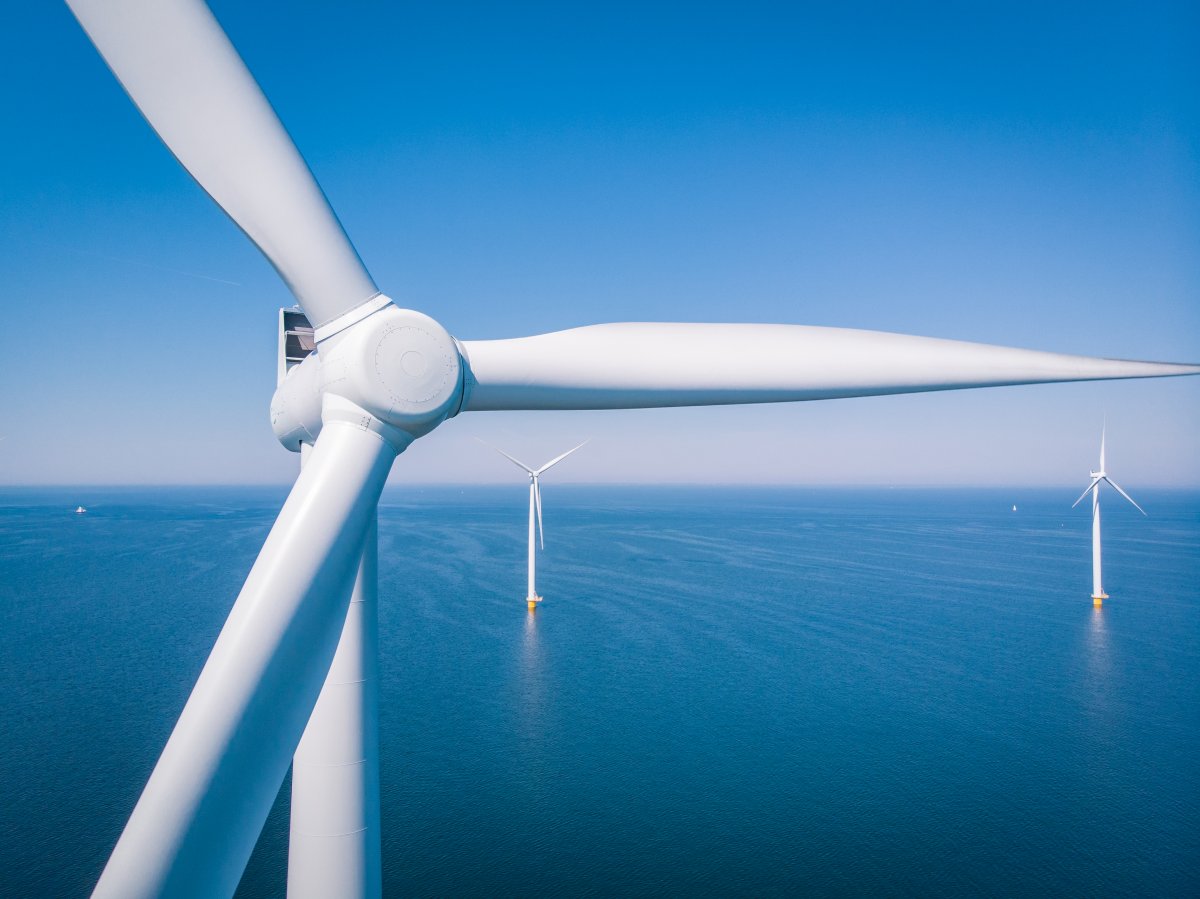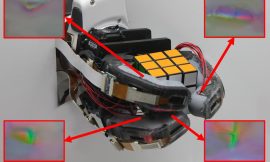Researchers have discovered a chemical approach to recycle the main components of wind turbine blades and recover glass fiber components without damaging them. The blades are made of a strong plastic called epoxy, and glass fibers are added to the resin to increase strength. This type of reinforced material, known as fiberglass, is durable and currently there is no technology to recycle it. Previous methods damaged the glass fibers and rendered the epoxy portion unusable. The Danish researchers developed a method that targets the chemical bonds that hold the plastic in place and breaks them down without damaging the glass fibers.
The researchers immersed the materials in a mixture of solvents and added a catalyst that accelerated the chemical reaction. They heated everything to 160 degrees Celsius for between 16 hours and several days, until the target material was completely degraded. The method produced nearly pristine fiberglass and other ingredients that can be reused in new materials. Researchers have consumed much of the expensive metal, ruthenium, which acts as a catalyst in the process, and it might be challenging to recover and reuse.
The researchers have shown that the process works with real waste, and industry experts have called it exciting. The approach is a proof of concept, and the next step would be to determine how it could work on an industrial scale. Wind turbine blades are large, with an average length of 100 meters, and it could be challenging to scale up the process to recycle millions of tons of wind turbines that will be phased out over the next few decades. Researchers are currently working on a second method that might be better suited for commercial scale recycling.



